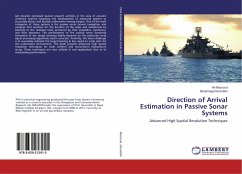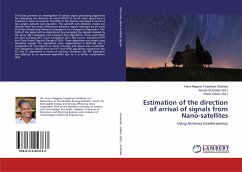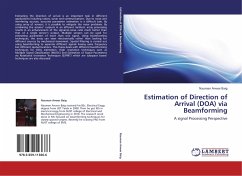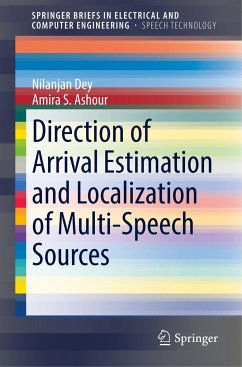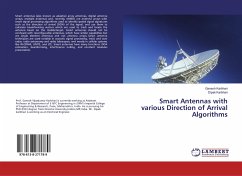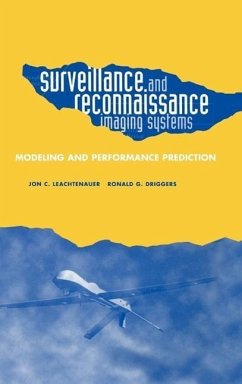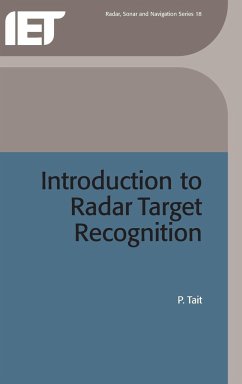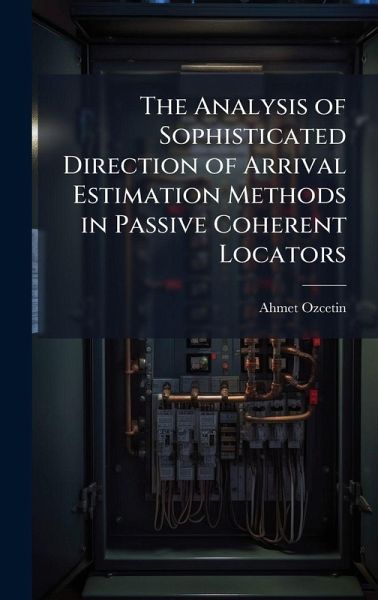
The Analysis of Sophisticated Direction of Arrival Estimation Methods in Passive Coherent Locators
Versandkostenfrei!
Versandfertig in über 4 Wochen
29,99 €
inkl. MwSt.
Weitere Ausgaben:

PAYBACK Punkte
15 °P sammeln!
In passive coherent locators (PCL) systems, noise and the precision of direction of arrival (DOA) estimation are key issues. This thesis addresses the implementation of sophisticated DOA estimation methods, in particular the multiple signal classification (MUSIC) algorithm, the conventional beam forming (CBF) algorithm, and the algebraic constant modulus algorithm (ACMA). The goal is to compare the ACMA to the MUSIC, and CBF algorithms for application to PCL. The results and analysis presented here support the use of constant modulus information, where available, as an important addition to DO...
In passive coherent locators (PCL) systems, noise and the precision of direction of arrival (DOA) estimation are key issues. This thesis addresses the implementation of sophisticated DOA estimation methods, in particular the multiple signal classification (MUSIC) algorithm, the conventional beam forming (CBF) algorithm, and the algebraic constant modulus algorithm (ACMA). The goal is to compare the ACMA to the MUSIC, and CBF algorithms for application to PCL. The results and analysis presented here support the use of constant modulus information, where available, as an important addition to DOA estimation. The ACMA offers many simple solutions to noise and separation related problems; at low SNR levels, it provides much more accurate estimates and yields reasonable separation performance even in the presence of challenging signals. This work has been selected by scholars as being culturally important, and is part of the knowledge base of civilization as we know it. This work was reproduced from the original artifact, and remains as true to the original work as possible. Therefore, you will see the original copyright references, library stamps (as most of these works have been housed in our most important libraries around the world), and other notations in the work. This work is in the public domain in the United States of America, and possibly other nations. Within the United States, you may freely copy and distribute this work, as no entity (individual or corporate) has a copyright on the body of the work. As a reproduction of a historical artifact, this work may contain missing or blurred pages, poor pictures, errant marks, etc. Scholars believe, and we concur, that this work is important enough to be preserved, reproduced, and made generally available to the public. We appreciate your support of the preservation process, and thank you for being an important part of keeping this knowledge alive and relevant.



